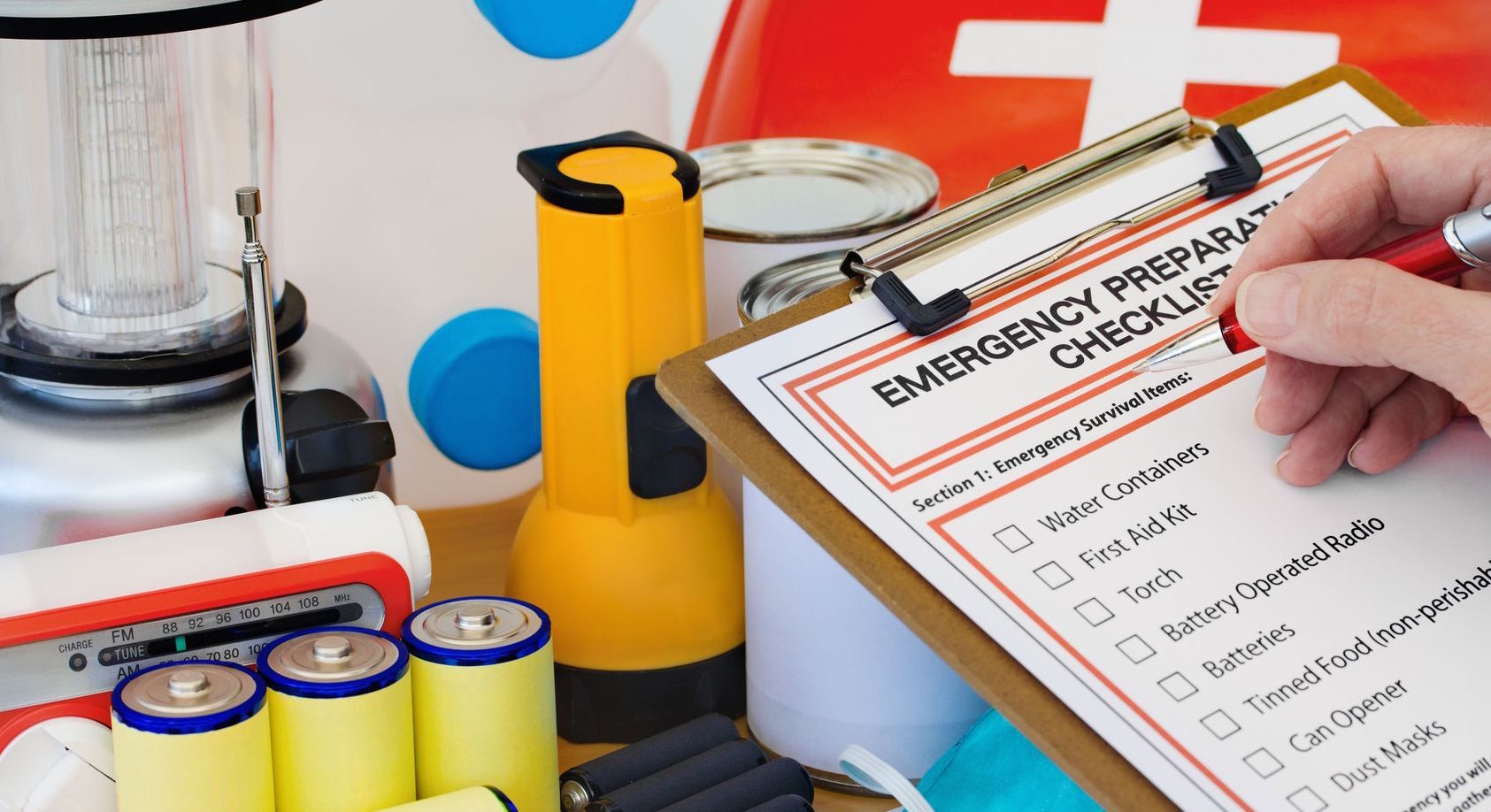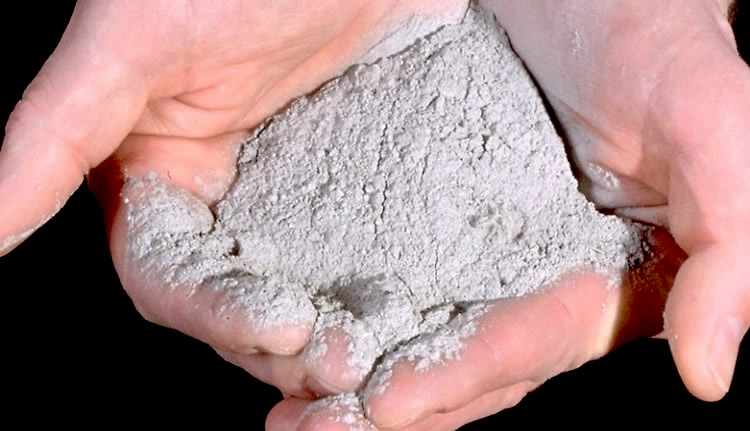These tips have been provided by the National Board for Disaster Management of Indonesia (Badan Nasional Penanggulangan Bencana) and the International Volcanic Health Hazard Network. This is for those in Bali who may be potentially affected by a Mount Agung eruption. It is all our hopes that the volcano does not erupt, but if it does, we must all be prepared.

Before any eruption make sure you are stocked with:
(1) Dust masks and eye protection (see IVHHN Recommended Masks document at http://www.ivhhn.org).
(2) Enough drinking water for at least 72 hours – one gallon (3-4 litres) per person per day.
(3) Enough non-perishable food for at least 72 hours for family and pets.
(4) Plastic wrap (to keep ash out of electronics).
(5) If available, a battery-operated radio and extra batteries.
(6) Lanterns or torches (flashlights) and extra batteries.
(7) Extra stocks of medication for both family and pets.
(8) First aid kit.
(9) Cleaning supplies such as a broom, vacuum cleaner with spare bags and filters, and a shovel.
(10) A small amount of money (as sources such as ATMs and banks may not be operating).
(11) Consider that you could be stuck in your vehicle, so store emergency supplies in your vehicle too.

The volcanic ash from an eruption is very hazardous and you should ensure certain steps and actions to mitigate the effects it may have on you or your household.
(1) Close all windows, doors and ventilations as soon as the eruption takes place. If possible, place damp towels at doors or tape over gaps in windows to avoid any ash seeping through.
(2) Turn of your AC or any heating systems – ash will get stuck in any outdoor systems for these. Move a windowless room if possible.
(3) Stay indoors. If you must leave the house use long sleeve clothes, use a mask and wear glasses or goggles. Do not use contact lenses as the glass-like ash can cause abrasion rubbing against your lenses.
(4) If you have bronchitis, emphysema or other breathing diseases or disorders – stay indoors.
(5) Avoid driving when there is heavy ash outdoors as this reduces visibility.
(6) Protect sensitive electronics and do not uncover until the environment is totally ash-free.
(7) Try not to use your phone for non-emergency phone calls.
(8) Whenever possible, helps your friends and neighbours.
Afterward Ash Has Settled (via www.ivhhn.org/):
Volcanic ash is a great nuisance and gets everywhere in the house and office, including inside televisions, computers, cameras and other valuable equipment, where it can cause irreparable damage. Ash is different from ordinary house dust. Its sharp, crystalline structure causes it to scratch and abrade surfaces when it is removed by wiping or brushing. In wet weather the ash deposits are dampened down and the air can be clear, but in drier weather ash can easily be stirred up and remobilised by wind and traffic. As a result suspended dust levels become much higher and can reach levels potentially harmful to health. Rainfall and wind are effective in removing the ash and grass and other plants will eventually bind it to the soil, but with large ashfalls this process is too slow and the ash must be cleaned up and taken away from populated areas. In addition, wind may also bring ash into areas which were previously clean so ash may be present in the environment for months or even years following an eruption.
What precautions should be taken before cleaning up ash?
Those undertaking clean up operations should always wear effective dust masks (see IVHHN Recommended Masks document). In fine-ash environments, wear goggles or corrective eyeglasses instead of contact lenses to protect eyes from irritation. Lightly water down the ash deposits before they are removed by shovelling, being careful not to excessively wet the deposits on roofs, causing excess loading and danger of collapse. Dry brushing can produce very high exposure levels and should be avoided. Use extra precaution on ladders and roofs. The ash makes surfaces much more slippery, consequently many people have died from falls while cleaning ash from their roofs. Be aware of the extra load caused overloaded roof – tread carefully. It is preferable to clean roofs before more than a few centimetres of ash have accumulated. Where possible use a harness.







